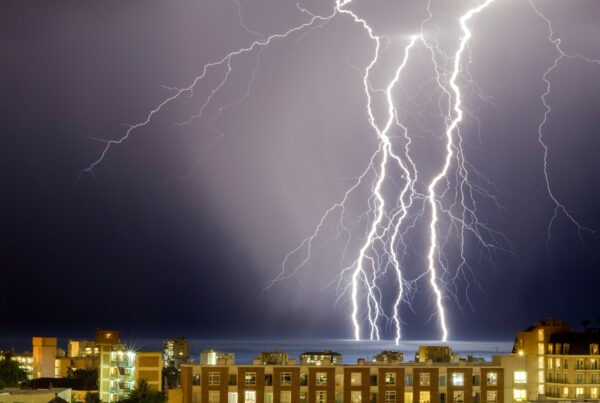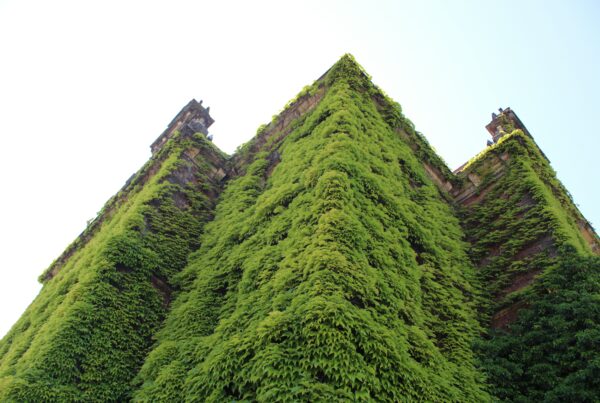The quest to raise the world’s tallest skyscraper is officially on. Named Sky City, the 220-floor green building is an ambitious well-intentioned project by the Chinese firm Broad Sustainable Construction. After much delay from securing construction permits and other bureaucratic paperwork, the skyscraper finally has the go signal from the Chinese government and is set to start this June.
Estimated building time: a mind-boggling 90 days.
BSC would later revise this time-frame to a more conservative seven months. But even so, it’s still an impressive feat considering the current tallest building, Burj Khalifa, in Dubai took five years to get built.
Using steel and concrete materials prefabricated offsite and then putting them together in one elegantly orchestrated fashion, BSC is able to erect buildings in a swift time worthy of the Guinness World Records. Quick buildings is rapidly becoming BSC’s forte. In 2010, it raised a 15-storey hotel in just 48 hours; in 2011, a 30-storey building called the T30 in just 15 days (a time-lapse video of it in YouTube immediately going viral); and in 2012, and a three-storey building in nine days, which—barring bad weather and a national holiday—should have taken only 24 hours. And now Sky City.
Not bad for a firm which used to just specialize in large-scale air-conditioning units.
***
Whether Sky City gets finished in the target 90 days or seven months or in whatever time-frame, the point is that this mixed-use building will usher in a new way of living in densely-populated China. That’s exactly why it’s called Sky City—its grand plan is to become an entire vertical city housed inside one single building.
Aside from apartments, there will be spaces for offices, retail, and other businesses, schools, hospitals, even amenities such as swimming pools, theatres, basketball courts, tennis courts, et cetera–in other words, everything you need in a city which you can quickly access by elevators. Unlike traditional urban sprawl which understandably relies on transportation to get from one place to another, vertical living is less dependent on carbon-based fuels.
The proposed Sky City building itself is as green as you can get. Energy efficiency is five times better than conventional green buildings as cooling requirements are reduced by 30{e3829ec1db02d54faaf9fa2de0d48db26af01d7a7944a63c3b26976124791cab}. There will be a co-generation plant as well for supplying power for heating and cooling. Indoor air is also expected to of better quality. In terms of structural strength, BSB claims their building can withstand a magnitude 9 earthquake.
All these is good news of course. In a country with a staggering 1.35 billion population, green buildings functioning as vertical cities just might be the solution.
***
One man isn’t impressed however with the green building. In a 2012 interview by the Business Insider with Christian Sottile, Dean of the School of Building Arts at the Savannah College of Art and Design, he expressed skepticism regarding the proposed skyscraper.
While acknowledging that the time frame and the comparatively low budget for the building are both realistic and doable, he nevertheless argues that skyscrapers aren’t always the solution to the problem of density. In this case, cities with mid-rise buildings that are comfortably set apart, with walkable distances between them, might be better suited for living.
“The proposition that a city can be contained within one building is unnatural and devastating to the human spirit. This [Sky City] project would, however, not be the first to propose such an end. It follows a long tradition of audacious architecture attempting to rethink the city. But in the end, the city always wins. I am speaking of the evolved city of over 7,000 years of transcultural human history—cities that honor the human being, as well as the art, craft, culture and resources of places.”
Regarding the speedy time frame of Sky City, Sottile brazenly asks what does it prove? Perhaps, we’re just more comfortable with the construction of our buildings as being dependent on the element of time. Why the need to finish a building in record time anyway? We’ll see.










